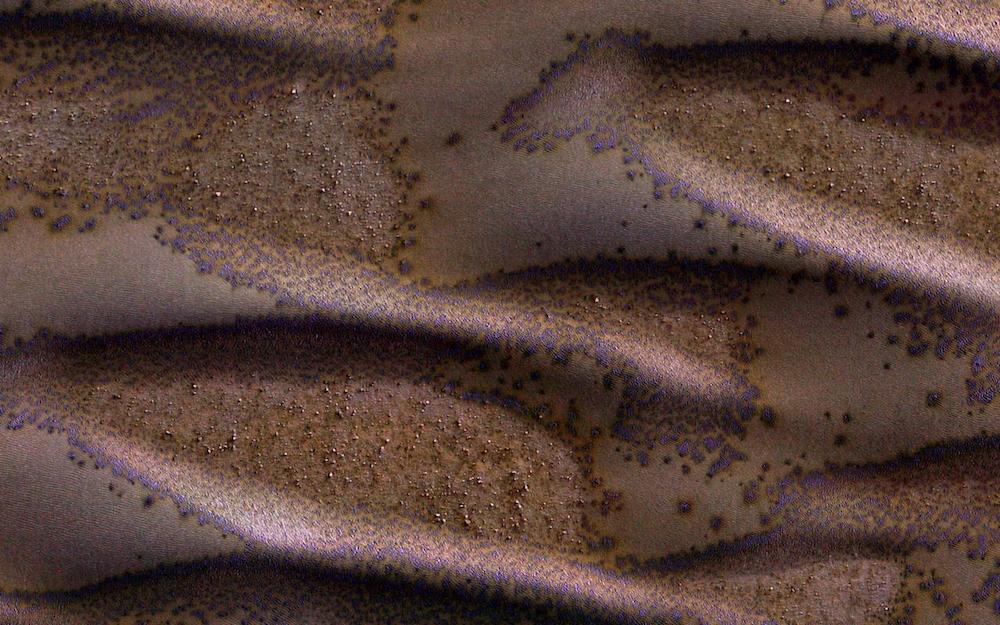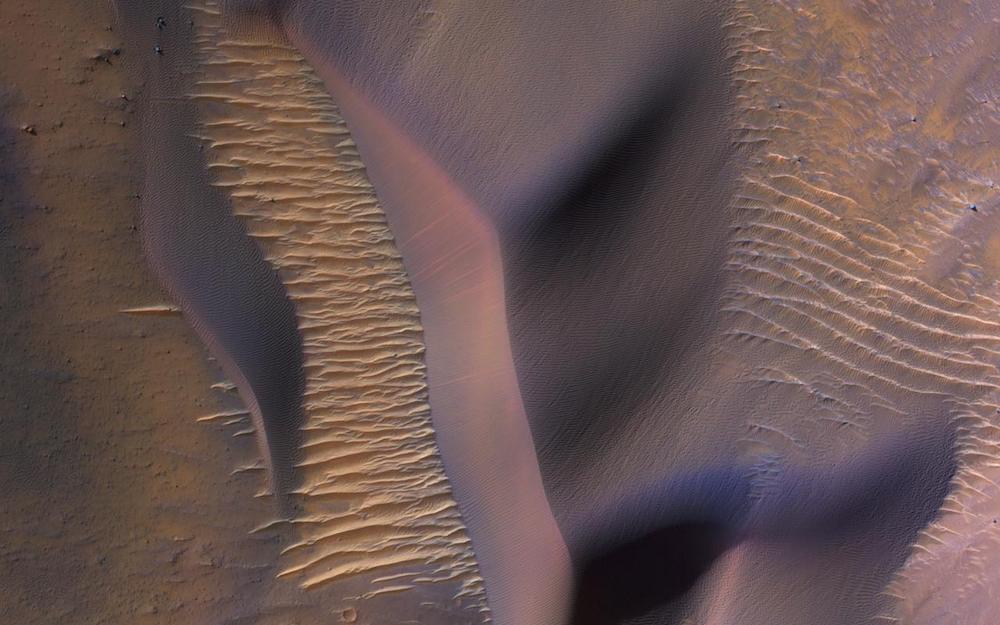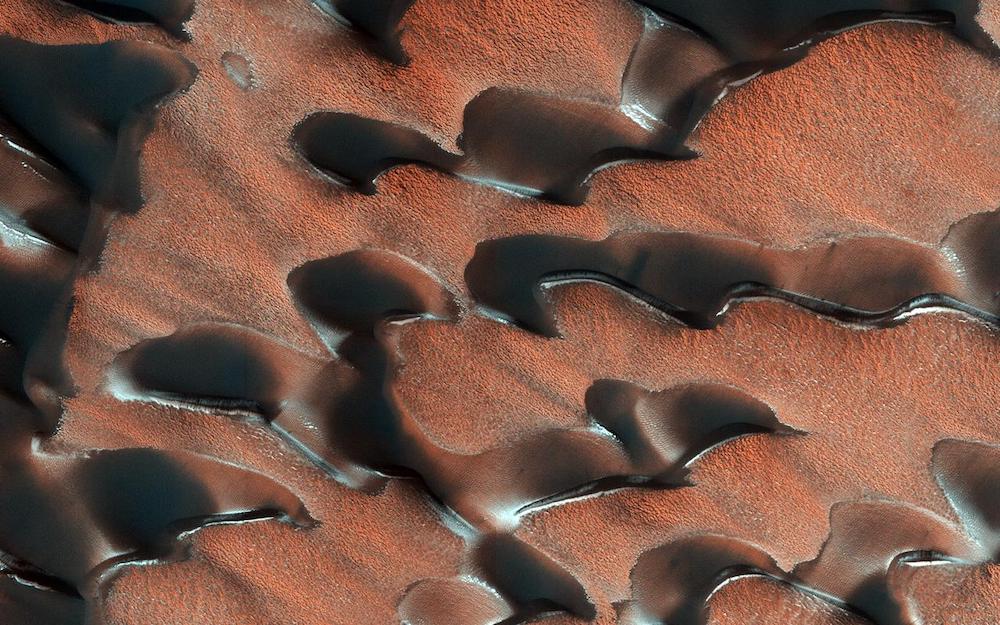A couple of photos shot from the International Space Station (ISS) over the weekend will probably remind you more of Mars than Earth.
Shared by NASA astronaut and current ISS crew member Shane Kimbrough, the beautiful images (below) actually show sand dunes in Saudi Arabia and neighboring Yemen.
“Thought we might be on another planet with this photo but turns out these dunes are in Saudi Arabia,” Kimbrough, currently on his third trip to space, wrote in a tweet.
Thought we might be on another planet with this photo but turns out these dunes are in Saudi Arabia. pic.twitter.com/h8rfZod31A
— Shane Kimbrough (@astro_kimbrough) May 30, 2021
Commenting on the second photo, the American astronaut said: “Striking colors and formations of these sand dunes in Yemen near the southern Saudi Arabian border.”
Striking colors and formations of these sand dunes in Yemen near the southern Saudi Arabian border. pic.twitter.com/vREORvdpv7
— Shane Kimbrough (@astro_kimbrough) May 29, 2021
And yes, Mars does have sand dunes — you can see some of them in the images below, captured by NASA’s Mars Reconnaissance Orbiter (MRO).
Kimbrough, like his fellow space station crew member Thomas Pesquet, is a keen photographer, with both astronauts clearly enjoying the enviable vantage point that the ISS offers around 250 miles above the surface of Earth (check out Pesquet’s stunning pictures here).
Most of the photos taken aboard the space station are captured from the Cupola, a seven-window module offering panoramic views of Earth and space, though more recently astronauts have been dropping by docked Crew Dragon spacecraft, with their decent-sized windows also offering great potential for avid astronaut photographers.
To grab their shots, ISS crew members can choose from an extensive range of professional cameras and lenses, most of them supplied by Nikon, though recent Sony devices are also among the collection.
Below are several more images captured recently by Kimbrough, this one showing Bahrain and Qatar along with part of a Cygnus cargo spacecraft that arrived on its most recent trip to the space station in February.
Qatar and Bahrain looking great behind the Cygnus cargo vehicle solar array. Cygnus will be with us for about another month and will depart with a lot of our trash. pic.twitter.com/FeYoh7Tyi5
— Shane Kimbrough (@astro_kimbrough) May 28, 2021
In the photo below we can see a striking rock formation near Wyoming’s Bighorn River.
Recently caught a shot of this beautiful rock formation in Northeast Wyoming near Bighorn River, which is a tributary of the Yellowstone River and is approximately 461 miles long. pic.twitter.com/K32NSLEjLK
— Shane Kimbrough (@astro_kimbrough) May 18, 2021
For these four images, Kimbrough angled his lens slightly away from Earth to capture a gorgeous orbital sunrise across five seconds.
Progression of an orbital sunrise in about 5 seconds. Good morning from the @Space_Station! pic.twitter.com/tzHdHMDe1e
— Shane Kimbrough (@astro_kimbrough) May 7, 2021
Both Shane Kimbrough and Thomas Pesquet will remain on board the space station until October 2021, so we can expect a steady stream of amazing images over the coming months.





